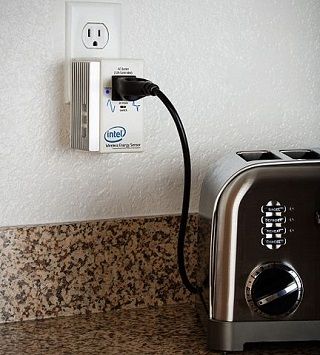From Guest Blogger Jen – Homeowners: A Guide to Sustainable Design & Building

Fundamental Strategies for Improving Sustainability
Here are five fundamental strategies for improving the sustainability of your home or building project:
- Harnessing the Sun is one of the cornerstones of sustainability, and this can be accomplished in a number of ways. Solar panels are the obvious fix, but however popular and increasingly affordable, they require an investment in technology and labor that may not fit your budget. A well placed sky light can save you money on lighting, and a simple awning over the right window can do the same for your cooling bill. Once analyzed, your house’s position in accordance to the rising and setting of the sun will open up distinct and often unexpected landscaping opportunities.
- Windows and Doors are more often than not the weakest points in a home’s energy score, according to The U.S. Department of Energy. Whether it be through shoddy craftsmanship or improper installation, the energy lost to inappropriate windows, doors and garage doors spells out an immediate burden on the homeowners wallet.
- Landscaping around your home means more than just planting a herb garden. Trees and bushes can be planted in key locations to block out unwanted sunlight and heat, ward off pests and also to purify the air. Redirecting rain run-off can be an effective way of watering your garden and saving water to clean the house. Starting a compost pile will help you create less waste and a natural fertilizer simultaneously. Permaculture is the implementation of ecological design for sustainability.
- Upgrading key components of your home will slowly but surely chip away at that energy bill. Programmable thermostats are an essential aspect of a sustainable home, as is efficient lighting. Compact fluorescent light bulbs (CFLs,) for example, cost more than incandescent bulbs but reduce household electricity use considerably. A water heater wrap will make that appliance more efficient and reduce carbon emissions. Energy Star rated products have been indispensable to the sustainability movement and are available in most department stores.
- Maintaining the functional components of your home is as important as which components you use. Keep a continuously updated checklist of household maintenance regulars such as: cleaning the coils behind the refrigerator, changing the air filters in air conditioning units, inspecting for termites and checking for air leaks.
While some of these tips are literally as simple as changing a light bulb, others require calculated installation and engineering know-how.
Recommendations for Major Sustainability Projects
It is highly advisable to hire qualified professionals for any major sustainability project. In addition to staying up to date with the technology and government regulations, contractors commonly offer warranties on products and labor.
With due diligence your home or building project will weather fluctuating energy costs to come, minimize its carbon footprint, and raise in value considerably. The FHA PowerSaver Home Energy Retrofit Loan Pilot Program is one of the many benefits offered by the U.S. government for making energy-saving home improvements.
